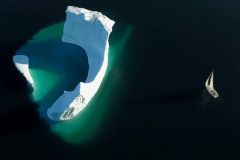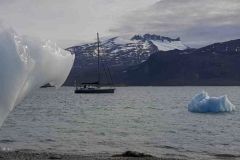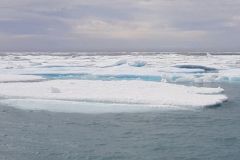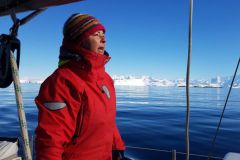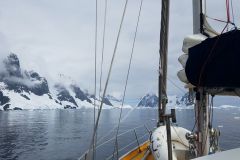A herring fishing sloop with a reduced draught
The Gjøa, 21 m long and weighing 47 tonnes, was built in Norway in 1872, the year Amundsen was born. It is said that this coincidence eventually led to Amundsen's decision to acquire it.
Built in oak by Kurt Johannes Skaale, one of Norway's most famous marine carpenters, it was named after his wife, a sign of the trust placed in him by his builder.
Roald Amundsen, aware of the immense advantage of a shallow draft, chose this sloop for herring fishing, barely 1 m long, at the expense of many other more powerful vessels.
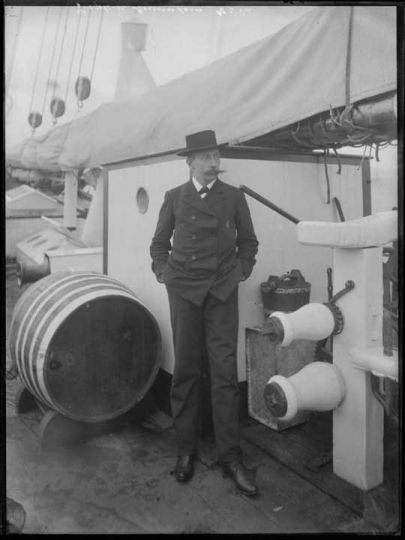
The Gjøa, a strong man who hid his muscles!
However, he reinforced the hull with planks that joined the ends of each frame transversely and vertically from the keel to the beams so that the ship would not be broken by ice pressure but would be dry on the ice under ice pressure.
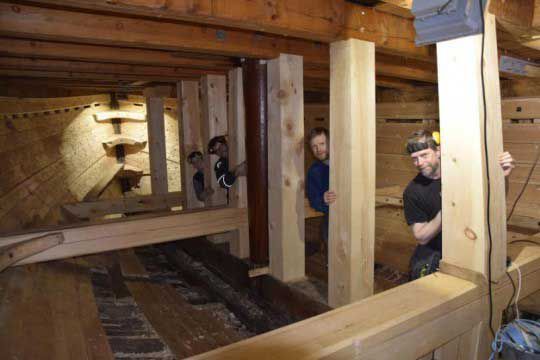
A 13 horsepower engine (powered by paraffin and oil) and two stoves powered by wood as well as seal fat or paraffin and a smokehouse completed the boat's equipment.
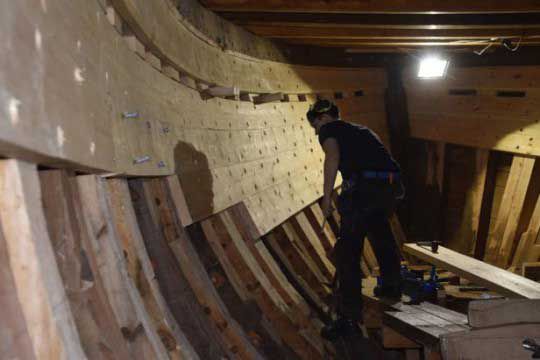
A boat prepared for polar self-subsistence.
On board, Amundsen carried several rifles and shotguns of different calibres (including a juxtaposed gun capable of stopping a bear), as well as a series of kayaks allowing his crew autonomy.
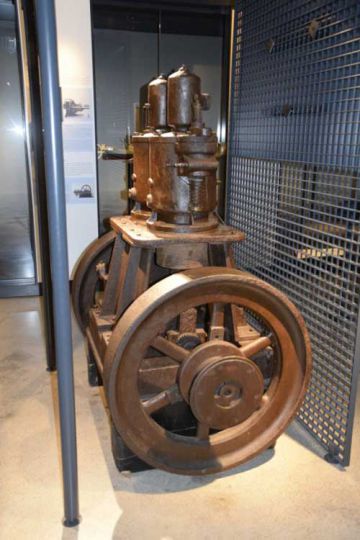
His plan to cross the Northwest Passage was to live partially on the hunting and fishing grounds without cluttering up with years of provisions.
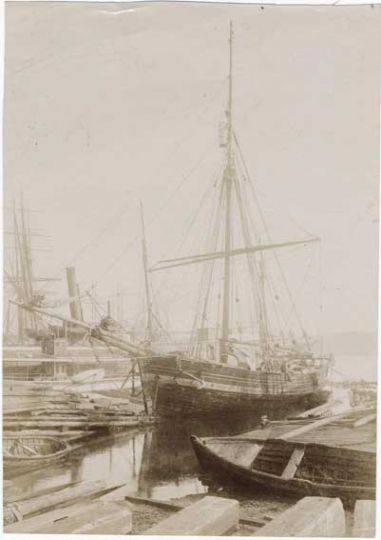
After its epic journey, the Gjøa remained dry at its arrival point in Nunavut before being finally repatriated and restored and exhibited at the Fram Museum in Oslo, Norway.




